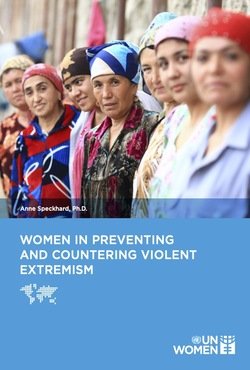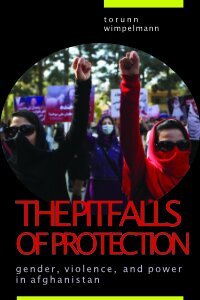By The Anti-Defamation League, Center for Technology and Society
The question of who is accountable for the proliferation of antisemitism, hate, and extremism online has been hotly debated for years. Are our digital feeds really a reflection of society, or do social media platforms and tech companies actually exacerbate virulent content themselves? The companies argue that users are primarily responsible for the corrosive content soaring to the top of news feeds and reverberating between platforms. This argument serves to absolve these multi-billion-dollar companies from responsibility for any role their own products play in exacerbating hate. A new pair of studies from ADL (the Anti-Defamation League) and TTP (Tech Transparency Project) show how some of the biggest social media platforms and search engines at times directly contribute to the proliferation of online antisemitism, hate, and extremism through their own tools and, in some cases, by creating content themselves. While there are many variables contributing to online hate, including individual users’ own behavior, our research demonstrates how these companies are taking things from bad to worse. For these studies, we created male, female, and teen personas (without a specified gender) who searched for a basket of terms related to conspiracy theories as well as popular internet personalities, commentators, and video games across four of the biggest social media platforms, to test how these companies’ algorithms would work. In the first study, three of four platforms recommended even more extreme, contemptuously antisemitic, and hateful content. One platform, YouTube, did not take the bait. It was responsive to the persona but resisted recommending antisemitic and extremist content, proving that it is not just a problem of scale or capability. In our second study, we tested search functions at three companies, all of which made finding hateful content and groups a frictionless experience, by autocompleting terms and, in some cases, even auto-generating content to fill in hate data voids. Notably, the companies didn’t autocomplete terms or auto-generate content for other forms of offensive content, such as pornography, proving, again, that this is not just a problem of scale or capability. What these investigations ultimately revealed is that tech companies’ hands aren’t tied. Companies have a choice in what to prioritize, including when it comes to tuning algorithms and refining design features to either exacerbate or help curb antisemitism and extremism. As debates rage between legislators, regulators, and judges on AI, platform transparency, and intermediary liability, these investigations underscore the urgency for both platforms and governments to do more.
New York: The Anti-Defamation League, Center for Technology and Society, 2023. 36p.
















